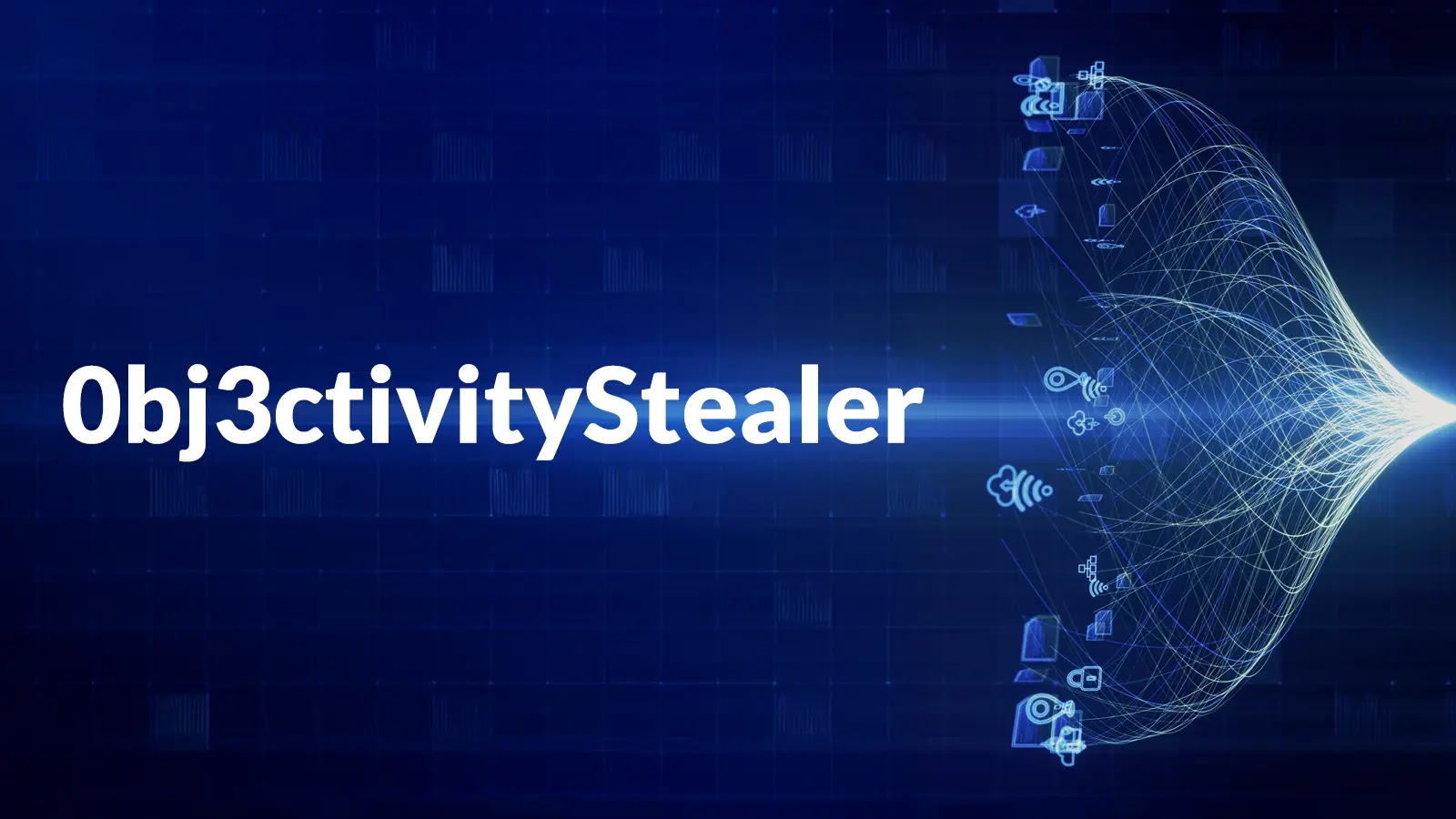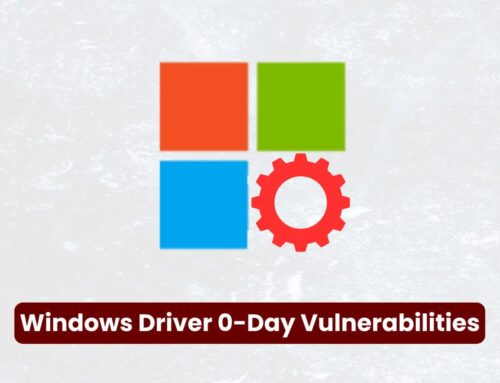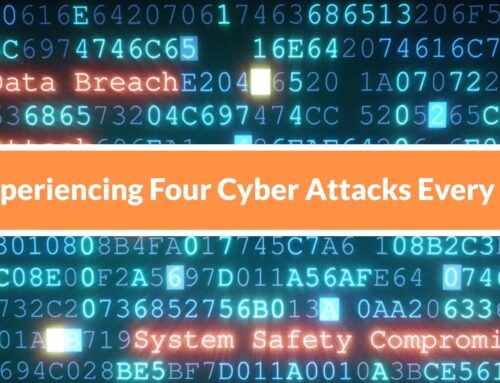
0bj3ctivityStealer’s Execution Chain Unveiled With It’s New Capabilities and Exfiltration Techniques
Unveiling 0bj3ctivityStealer: A Deep Dive into Its Execution Chain and New Exfiltration Tactics
The cybersecurity landscape is in a constant state of flux, with new and increasingly sophisticated threats emerging regularly. Among the most concerning additions to this threat ecosystem is 0bj3ctivityStealer, a potent information-stealing malware initially identified by HP Wolf Security. This advanced stealer has rapidly evolved, demonstrating a comprehensive arsenal of data exfiltration capabilities targeting a wide variety of applications. Understanding its intricacies is paramount for effective defense.
The Evolution of a Threat: 0bj3ctivityStealer’s Sophistication
0bj3ctivityStealer distinguishes itself through its modularity and persistent development. Unlike opportunistic malware, it appears to be a carefully crafted tool designed for maximum data compromise. Early analysis indicated a focus on credential harvesting and system information gathering. However, recent observations reveal significant enhancements to its capabilities, particularly in its exfiltration techniques, making it a formidable foe for organizations and individuals alike.
Deconstructing the Execution Chain
The operational flow of 0bj3ctivityStealer follows a meticulously designed execution chain, aiming for stealth and efficiency. While specific entry vectors can vary (e.g., phishing campaigns, malicious downloads, drive-by attacks), the post-compromise sequence typically involves several critical stages:
- Initial Foothold: Once executed, the malware establishes a persistent presence on the compromised system. This often involves modifying registry keys, creating scheduled tasks, or dropping malicious files in system directories to ensure it survives system reboots.
- Reconnaissance and Configuration: The stealer then performs internal reconnaissance, gathering system information such as operating system version, installed software, running processes, and network configurations. This data helps it tailor its subsequent actions and identify valuable targets for data extraction.
- Targeted Data Collection: This is where 0bj3ctivityStealer truly shines. It systematically targets a broad spectrum of applications, including web browsers (credentials, cookies, autofill data), cryptocurrency wallets, messaging applications, VPN clients, and even development tools. Its ability to parse and extract data from these disparate sources highlights its advanced programming.
- Data Exfiltration: The stolen information is then packaged and transmitted to command-and-control (C2) servers. The exfiltration techniques employed by 0bj3ctivityStealer are increasingly sophisticated, potentially leveraging encrypted channels, legitimate cloud services, or even steganography to evade detection. This multi-faceted approach makes network-level interception challenging.
New Capabilities and Exfiltration Techniques
Recent updates to 0bj3ctivityStealer have introduced several concerning new capabilities, primarily focused on expanding its data collection scope and refining its exfiltration methods:
- Expanded Application Targeting: The stealer now supports an even wider array of applications, indicating a continuous effort by its developers to maximize compromise potential. This includes niche password managers, less common browser extensions, and specialized business applications.
- Advanced Credential Dumping: Beyond standard browser and application credential harvesting, 0bj3ctivityStealer reportedly utilizes more advanced techniques to dump credentials from memory, potentially bypassing some endpoint security solutions.
- Evolved Exfiltration Methods: Initial versions might have relied on straightforward HTTP/S POST requests. Newer iterations integrate more resilient exfiltration methods, such as utilizing peer-to-peer mechanisms, leveraging legitimate API calls to cloud storage services (e.g., Dropbox, Google Drive), or employing DNS tunneling to sneak data out of highly secured networks. This adaptive approach is a significant challenge for traditional security controls.
Remediation Actions and Proactive Defense
Defending against advanced information stealers like 0bj3ctivityStealer requires a layered security approach and a proactive stance. Organizations and individuals should prioritize the following:
- Endpoint Detection and Response (EDR): Implement and actively monitor EDR solutions capable of detecting suspicious activities, process injections, and file system modifications indicative of stealer malware.
- Multi-Factor Authentication (MFA): Enforce MFA across all critical accounts and services. Even if credentials are stolen, MFA acts as a crucial barrier, preventing unauthorized access.
- Regular Software Updates: Keep operating systems, browsers, and all applications patched and up-to-date. Attackers frequently exploit known vulnerabilities (CVE-2023-XXXX is a placeholder for potential future CVEs related to exploited vulnerabilities) to gain an initial foothold.
- Network Segmentation: Segment networks to limit the lateral movement of malware should an initial compromise occur. This can contain the damage and prevent widespread data exfiltration.
- Data Encryption: Encrypt sensitive data at rest and in transit where possible. This minimizes the impact of data theft, as even exfiltrated data would be unreadable without the decryption key.
- Security Awareness Training: Educate users about common social engineering techniques, phishing attacks, and the dangers of clicking on suspicious links or downloading untrusted attachments. A vigilant workforce is a strong first line of defense.
- Web Browser Hardening: Configure browser security settings, disable unnecessary extensions, and consider using browser isolation technologies.
- Regular Backups: Maintain regular, secure, and offline backups of critical data to ensure business continuity in the event of a successful attack.
| Tool Name | Purpose | Link |
|---|---|---|
| Snort/Suricata | Network Intrusion Detection/Prevention (NIDS/NIPS) for identifying C2 communication and exfiltration attempts. | https://www.snort.org/ or https://suricata-ids.org/ |
| Sysmon | Windows system monitoring to detect suspicious process creation, network connections, and file modifications. | https://docs.microsoft.com/en-us/sysinternals/downloads/sysmon |
| Volatility Framework | Memory forensics for analyzing live system memory dumps to uncover hidden processes and exfiltrated data. | https://www.volatilityfoundation.org/ |
| Wireshark | Network protocol analyzer for deep inspection of network traffic to identify unusual exfiltration channels. | https://www.wireshark.org/ |
Conclusion
The emergence and rapid evolution of 0bj3ctivityStealer underscore the persistent and dynamic nature of cyber threats. Its sophisticated execution chain, combined with expanded capabilities and refined exfiltration techniques, position it as a significant danger to sensitive data. By understanding its modus operandi and implementing robust, layered security measures, organizations and individuals can significantly reduce their risk exposure and fortify their defenses against this and similar advanced information stealers.





